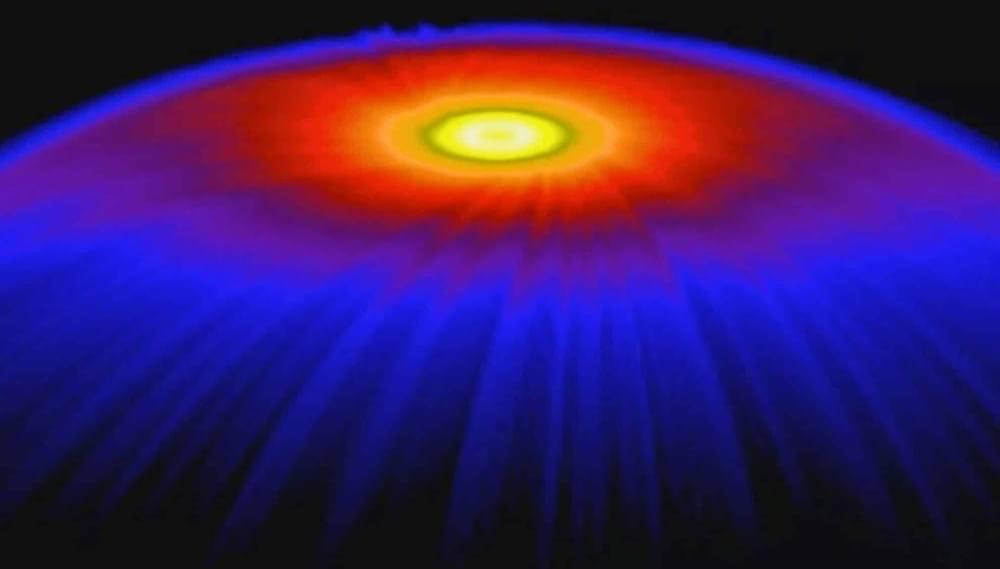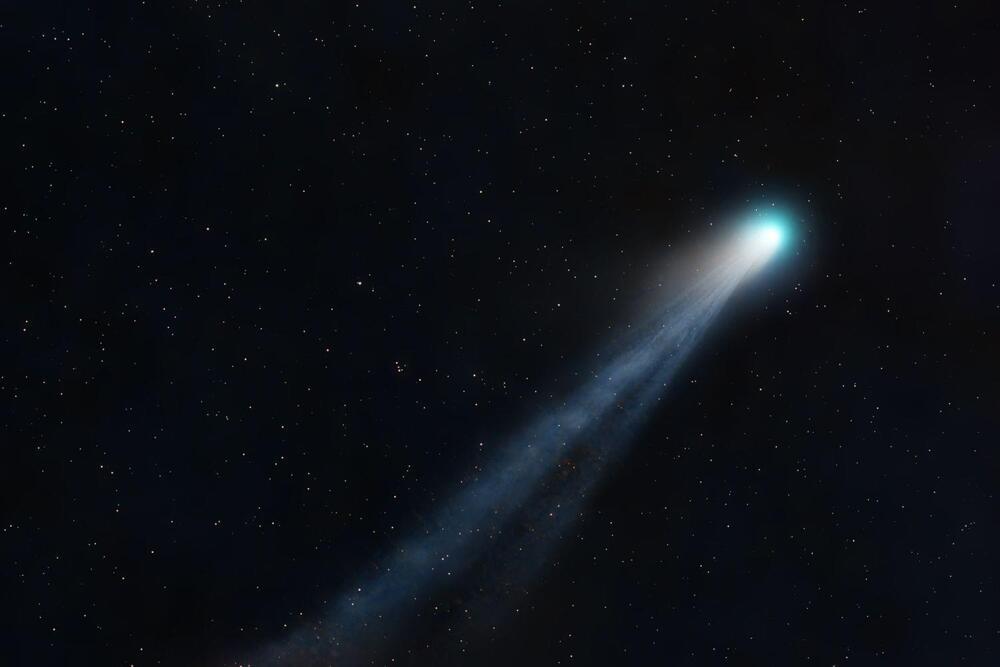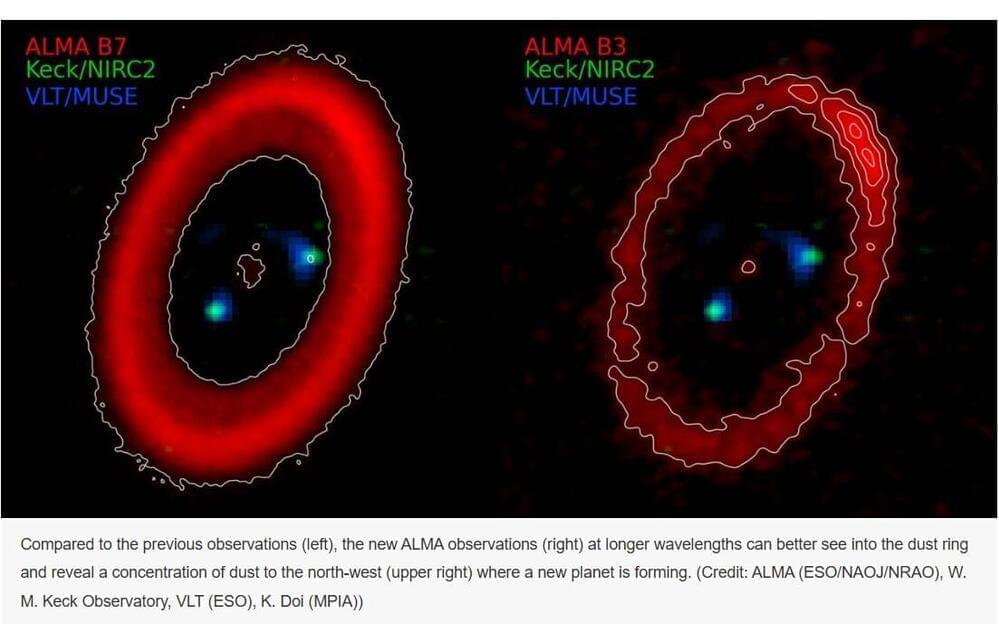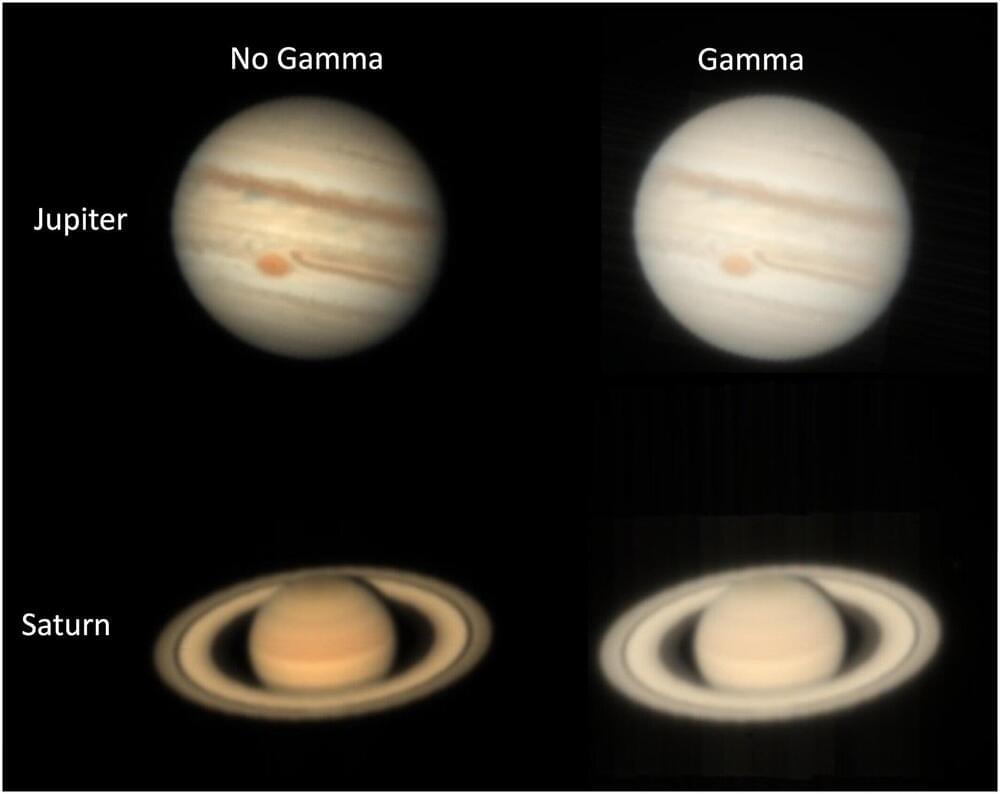Using AI training, researchers designed a “robot dog” that moves like a cat, and has no trouble navigating low-gravity environments.



Simulations of neutron stars provide new bounds on their properties, such as their internal pressure and their maximum mass.
Studying neutron stars is tricky. The nearest one is about 400 light-years away, so sending a probe would likely take half a million years with current space-faring technology. Telescopes don’t reveal much detail from our vantage point, since neutron stars are only the size of a small city and thus appear as mere points in the sky. And no laboratory on Earth can reproduce the inside of neutron stars, because their density is too great, being several times that of atomic nuclei. That high density also poses a problem for theory, as the equations for neutron-star matter cannot be solved with standard computational techniques. But these difficulties have not stopped efforts to understand these mysterious objects. Using a combination of theory-based methods and computer simulations, Ryan Abbott from MIT and colleagues have obtained new, rigorous constraints for the properties of the interior of neutron stars [1].


Astronomers have captured a stunning first: an image of a protective bubble around a star like our sun. This mysterious astrosphere, a cosmic shield against harmful radiation, could hold clues about the sun’s turbulent youth. Nicknamed The Moth, this star boasts peculiar wing-like structures, hinting at a deeper story.

January 18, 2025: A Venus-Saturn conjunction occurs after sunset in the southwestern sky. The two planets are part of a nightly planet parade that marches westward from Earth’s rotation.
By Jeffrey L. Hunt.
Chicago, Illinois: Sunrise, 7:14 a.m. CDT; Sunset, 4:49 p.m. CST. Check local sources for sunrise and sunset times. Times are calculated by the US Naval Observatory’s MICA computer program.


New radio astronomy observations of a planetary system in the process of forming show that once the first planets form close to the central star, these planets can help shepherd the material to form new planets farther out. In this way each planet helps to form the next, like a line of falling dominos each triggering the next in turn.
To date over 5,000 planetary systems have been identified. More than 1,000 of those systems have been confirmed to host multiple planets. Planets form in clouds of gas and dust known as protoplanetary disks around young stars. But the formation process of multi-planet systems, like our own Solar System, is still poorly understood.
The best example object to study multi-planet system formation is a young star known as PDS 70, located 367 light years away in the direction of the constellation Centaurus. This is the only celestial object where already-formed planets have been confirmed within a protoplanetary disk by optical and infrared observations (First Confirmed Image of Newborn Planet Caught with ESO’s VLT (ESO) ). Previous radio wave observations with the Atacama Large Millimeter/submillimeter Array (ALMA) revealed a ring of dust grains outside the orbits of the two known planets. But those observations could not see into the ring to observe the details.

Collaborative work by amateur and professional astronomers has helped to resolve a long-standing misunderstanding about the composition of Jupiter’s clouds. Instead of being formed of ammonia ice—the conventional view—it now appears they are likely to be composed of ammonium hydrosulfide mixed with smog.
The findings have been published in the Journal of Geophysical Research: Planets.
The new discovery was triggered by amateur astronomer, Dr. Steven Hill, based in Colorado. Recently, he demonstrated that the abundance of ammonia and cloud-top pressure in Jupiter’s atmosphere could be mapped using commercially-available telescopes and a few specially colored filters.

